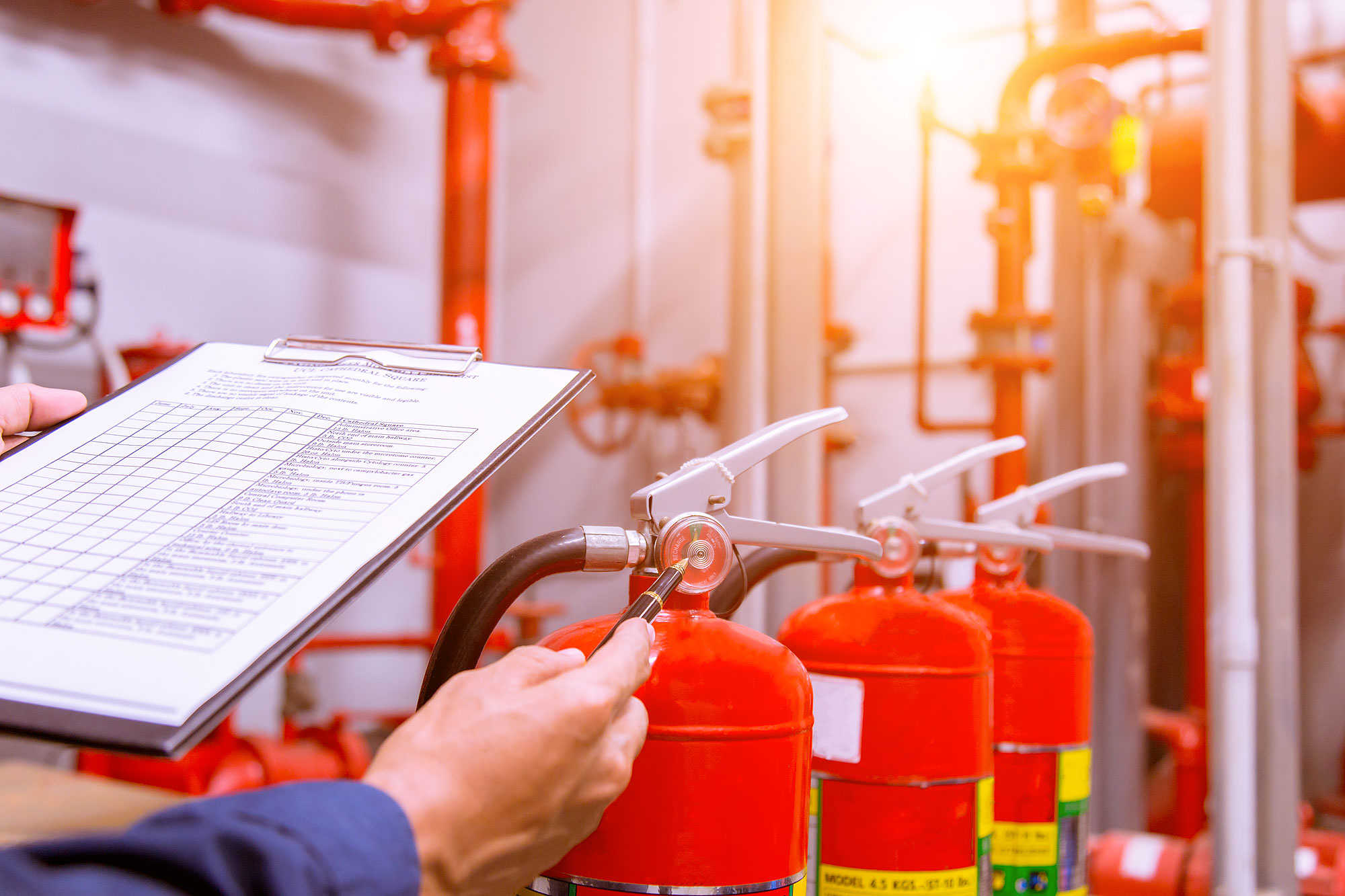
Fire legislation guidance update: Contents of a secure information box
Published Jun 28, 2023
Earlier this year we wrote a series of articles that focus on the recently introduced Fire Safety (England) Regulations 2022, which came into force as of 23rd January 2023. Following its introduction, the requirements set out in the regulations have started to have more detailed guidance be published to assist responsible persons and duty holders in fulfilling their duties. Whilst the new regulations primarily focus on residential settings of two or more dwellings with shared communal areas, in varying circumstances this guidance can also support non-residential settings to go ‘beyond compliance’ when managing their site(s).
In what settings are the Fire Safety (England) Regulations 2022 applicable?
The recently introduced regulations have been introduced in direct response to the Grenfell Tower tragedy of 2017, from which a series of recommendations were presented to the government on how to improve fire safety in residential settings. Aspects of the regulations will be applicable to ALL residential settings where there are two dwellings or more that share communal areas, however, the vast majority focus on high rise buildings that are 18m or greater than seven storeys in height.
In what settings is a secure information box required?
Under the regulations, existing and new residential high-rise buildings 18m or greater than seven storeys in height with two or more dwellings sharing communal areas MUST have a secure information box installed on the premises, installed externally or internally of the building.
As previously mentioned, other residential or non-residential premises can also install a secure information box, and this can be very beneficial if the premises is complex; such as it being student accommodation, multiple occupancy, or having prominent fire risks such as large volumes of chemicals and flammable liquids being stored.
What information is required to be in the box?
The regulations avoid a prescriptive list, as each setting will have its subtle differences. However, there are some MINIMUM expectations of what to include:
- The responsible person’s UK contact details
- UK contact details of any other person who has the permission / authority to access and manage fire safety at the premises
- Copies of floor plans that identify specified fire-fighting equipment*
- Single page block plan that identifies key fire-fighting equipment*
Hard copies of floor, building and block plans are most helpful to fire and rescue service crews, as they can quickly ascertain vital information in a dynamic environment without having to rely on technology. In addition, for their records, electronic copies should also be sent to the local Fire and Rescue Service.
*Fire-fighting equipment to be identified includes, but is not limited to:
- Alarm panel(s) including repeaters, zones and alarm engineer contact details
- Dry or wet riser locations, including inlet and outlet valves
- Evacuation or fire-fighting lifts and stairs
- Ventilation systems, including any safe operating procedures
- Fire suppression systems, including sprinkler systems
What type of box and where should it be located?
The secure information box should be suitable for its intended purpose and reasonably secure from vandalism and unauthorised access. Whilst the regulations are not prescriptive around where the box must be installed, it must be readily available to the fire and rescue service, and therefore frequent liaison with your local service is essential to ensure they are aware of its location and how to open it.
The responsible person must ensure that the contents of the box as well as the box itself are maintained. Any information should be reviewed at least annually to ensure that it is current and up to date.
Maintaining fire-fighting equipment and secure information boxes
An important detail for the responsible person of ANY premises that falls within the scope of the Regulatory Reform (Fire Safety) Order 2005 is that it is a legal requirement for any facilities, equipment and devices provided for fire-fighters to support or protect them during operations must be subject to a schedule of maintenance to remain in an efficient state, working order and good repair.
Items typically covered under this requirement include, but are not limited to:
- Inlet and outlet valves on dry / wet risers
- Evacuation and fire-fighting lifts
- Fire-fighter switches
- Secure information boxes
Further advice and guidance
There are numerous sources of information on this topic and other aspects of the Fire Safety (England) Regulations 2022 available through government and recognised Fire Industry Bodies.
A more comprehensive explanation of the regulations and sources of guidance can be found here: https://www.gov.uk/government/publications/fire-safety-england-regulations-2022
For more information on secure information boxes, the Fire Industry Association and the National Fire Chiefs Council have developed a series of documents including the Code of Practice for the Provision of Premises Information Boxes in Residential Buildings. Chapters 2-4 focus on the location, security and signage applicable to secure information boxes, and can be found here: https://www.nationalfirechiefs.org.uk/write/MediaUploads/NFCC%20Guidance%20publications/Protection/PIBS_Guide_06-21_V2.pdf
Further support and advice on this topic is available from our range of training and consultancy services.
Dave Wright GradIOSH AIFireE
June 2023